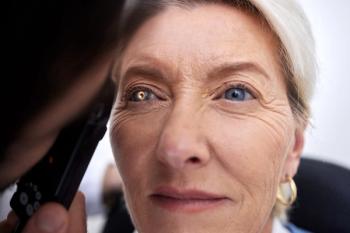
Forces that defy diabetic macular edema treatment
Despite the promise of emerging anti-VEGF therapies for improving control of clinically significant diabetic macular edema, not all patients respond.
Despite the promise of emerging anti-VEGF therapies for improving control of clinically significant diabetic macular edema (DME), not all patients respond. Others who benefit initially can develop recurrent clinically significant DME. In these cases, confounding factors can include treatment with alternative agents or controlling sleep apnea, according to Jay Haynie, OD.
But agents that confound anti-VEGF therapy include thiazolidinedione oral antidiabetic agents such as pioglitazone (Actos, Takeda Pharmaceuticals North America Inc.) and rosiglitazone (Avandia, GlaxoSmithKline), Dr. Haynie said.
"Sleep apnea is more common than most clinicians realize, and therefore, widely underdiagnosed," he said. "In our practice, we've been amazed by how many of our treatment-refractory DME patients are discovered to be suffering from sleep apnea as well as by how their macular health improves after they begin treatment for their sleep disorder." The figures above illustrate OCT scans before and after sleep apnea therapy in one patient.
Over a 20-month period, eight patients with clinically significant DME were referred for sleep study tests after demonstrating resistance to anti-VEGF therapy, Dr. Haynie said. All were diagnosed with sleep apnea varying from mild to severe. All eight patients began CPAP treatment for their obstructive sleep disorder, and the macular edema significantly lessened or resolved within 8 months in six of the eight patients.
Newsletter
Want more insights like this? Subscribe to Optometry Times and get clinical pearls and practice tips delivered straight to your inbox.



















































.png)


